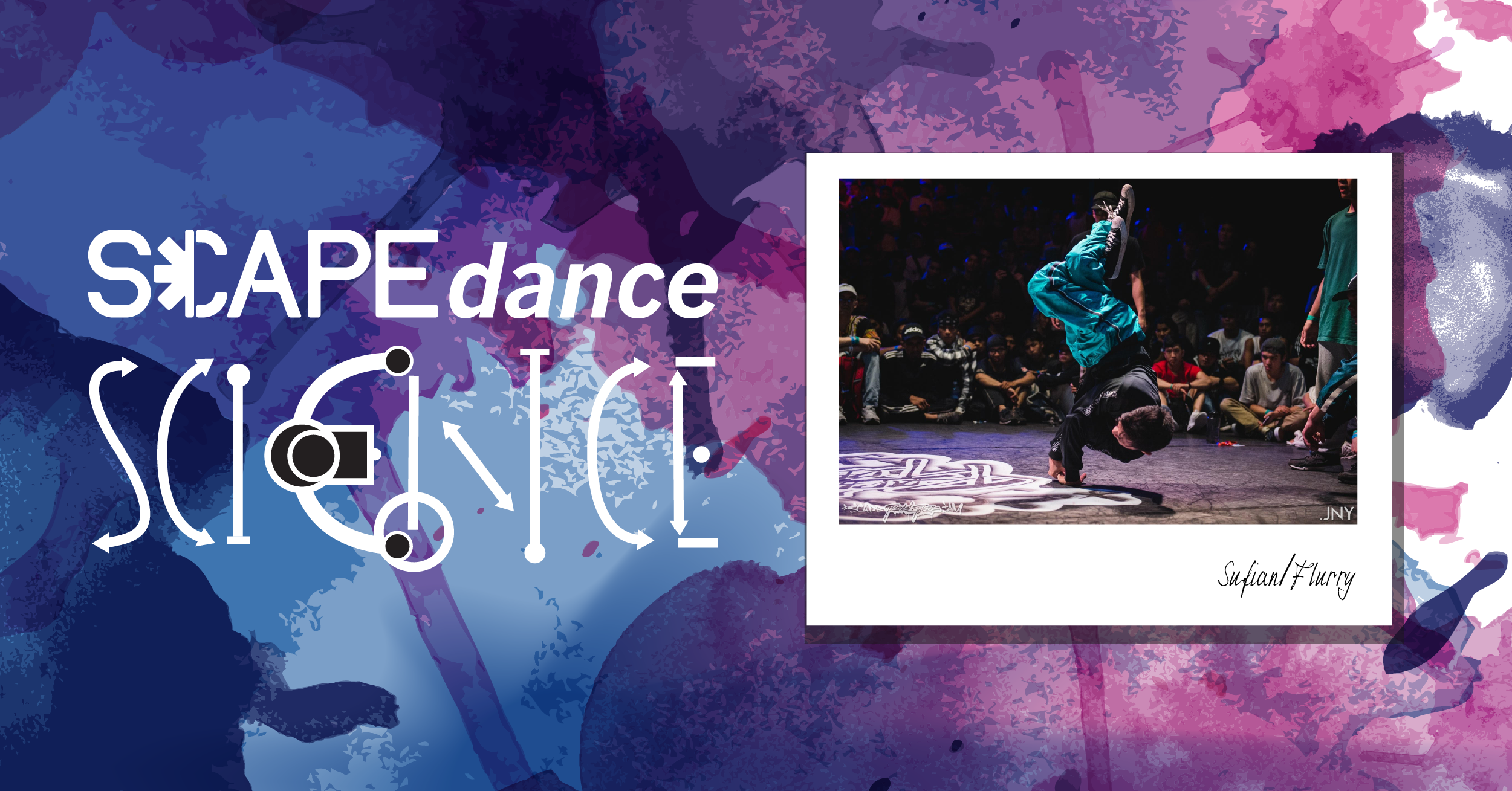
Explore the new area of Dance Science, including topics such as how stretching exercise can minimise injuries and pain in dance styles like contemporary and hip hop, and how to train your emotional and physical strength in order to enhance performance.
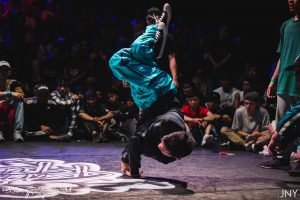
Breaking For Gold – Understanding the Physiology Demands Required For Breakers
Breaking is set to make its debut at the 2024 Paris Olympics. It is time we learn more about this art form in its competitive state by understanding the physiological demands and incorporating them into a training plan. Read on to find out about the types of competition format available during a dance battle, the various movements and their needs.
Reina Teh, March 2022
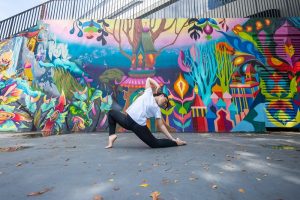
Somatic Practices in Dance
What is Somatic? Somatic dance is a fluid movement science that is in a constant state of growth. It is frequently assimilated in the dance field and used as a tool for improvisation. The principles of somatic encourage the dancer to reconnect with their bodies by approaching it with curiosity rather than fear. Somatic further enables the dancer to cultivate awareness during dance training. Read on to find out more on the somatic influences on dance and the types of somatic movement practices available.
Farah Fadzali, February 2022
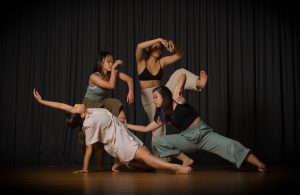
Traditional Chinese Medicine Treatments for Injured Dancers
Dancers in genres from hip hop to ballet commonly develop overuse injuries. To stay performance-ready, dancers often engage in long hours of daily practice followed by rehearsals, which results in fatigue and furthers the risk of musculoskeletal injuries. It is thus important to look into how to help injured dancers better recover. Read on to find out how traditional Chinese medicine (TCM) can be a viable therapeutic option for injured dancers and explore the different TCM treatment methods such as Acupuncture, Cupping and more.
Yan Yew Wai, January 2022

Performance Anxiety
What is anxiety? What is performance anxiety? Why do some of us feel so anxious before performing? Performance anxiety is a common experience for many dancers. It is the apprehension and fear about one’s ability to perform at a level that will raise expectations of even better task achievement. Read on to explore performance anxiety, ways to manage performance anxiety and more.
Victoria Wong Shi Yin, December 2021
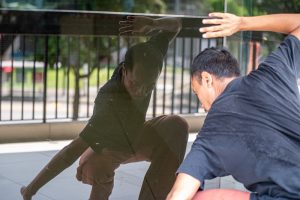
Reflecting on the impacts of mirrors in dance training
For the longest time, dancers have used mirrors in training to provide them with visual feedback on their lines and movements, while dance teachers have used them to facilitate teaching. Despite mirrors being a crucial part of dance training, mirrors may also obstruct the proprioceptive experience of the dancer, thus impeding further growth of their technical abilities. Read on to find out the use of mirrors in training, the pros and cons, the body-image concerns of dancers using mirrors in training and more.
Charmaine Tay, November 2021
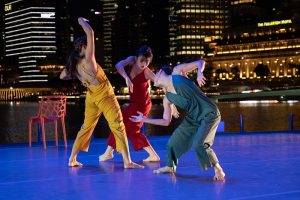
Dance Health Screening: What is it and why dancers need it?
Dance training entails a combination of athletic and artistic demands, making health and well-being of utmost importance to dancers. Dance health screening has been used as a tool by many dance schools and companies across the world to manage the health, and/or determine injury-risks of the dancers going into intensive training and performances. Read on to find out what a dance health screening consist of and why dancers should get screened annually.
Charmaine Tay, October 2021
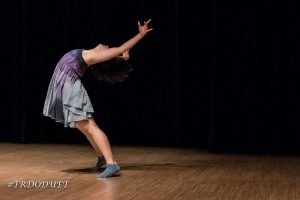
Effects of dance as a tool for therapy
How is dance used as a therapy? What does dance therapy consist of? As dance continues to gain popularity in the media, growing number of people are embracing dance as a way to meet physical and emotional needs. Therapy generally is used to describe wellness or a sense of feeling better. In dance, there is a therapy called dance/movement therapy, or DMT. Read on to find out what is dance/movement therapy and its effectiveness as well as the benefits of DMT on mental health.
Farah Fadzali, September 2021
![Edna Scape Residency Showcase 1316 [ Dsc0648.arw]](/wp-content/uploads/2020/12/edna-SCAPE-Residency-Showcase-1316-_DSC0648.ARW_-300x200.jpg)
What is Functional Anatomy and Why is it Important for Dancers to Understand it?
Dancers often face health issues and thus, it is crucial to develop dancers with high health literacy. Functional anatomy studies the structure of organ systems. It is important for dancers to understand their own anatomy as it can help a dancer stay in shape, improve performance, increase confidence and add longevity to his or her performing career. It can also help a dancer prevent injuries. Read on to find out more on the importance on applying functional anatomy in dance and how the knowledge of human anatomy can contribute to a safer process of healing and recovery.
Farah Fadzali, September 2021
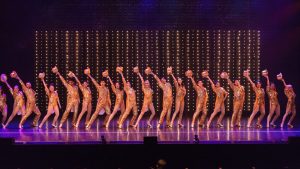
Physiological Demands of Musical Theatre Performers: Singing, Dancing and Acting
Musical theatre is a growing area in the performing arts scene in Singapore. Given its growing popularity locally and the need for musical theatre performers to be a triple-threat, one would wonder what are the physiological demands like when entering the field. Read on to find out more on cardiorespiratory fitness, vocal mechanisms, efficient singing posture, acquired injuries from dancing, potential time-loss from training due to injury, and nutrition among musical theatre performers.
Charmaine Tay, August 2021
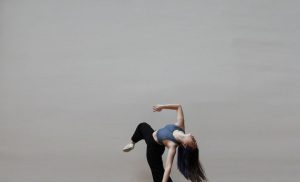
The Importance of Nutrition for Dancers
Dancers train as vigorously as any professional athletes, often involving arduous hours and pushing their body to its maximum limit. It is important for dancers to eat adequately to ingest sufficient energy to meet the demands of training and performing. Read on to find out some ways to fuel your body with the necessary nutrition and guidelines for dancers on how to meet their nutritional needs.
Ying Xing Tan, August 2021

How Does an Elevated Heel Impact Me?
Rising on to one’s forefoot or toes is a common movement observed in various forms of dance. It can take the form of a technical movement as in the demi-pointe position in classical ballet or bouncing on the forefoot from one leg to another in local ethnic dances. It is also observed when using footwear with different heel-forefoot drop as in popular social dances or street dance. Read on to find out how elevating the heel resulted in different kinematics, the biomechanics relating to heel lifts and more.
Trina Wong, August 2021
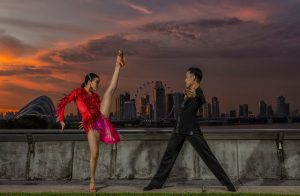
Understanding Dancesport and Common Reported Injuries
Dancesport is a competitive form of ballroom dancing. Dancesport performers requires good artistic communication training that involves theoretical knowledge, a training model and interpretation based on a scenario and a role to play. It also requires specific nonverbal communication training. Read on to find out the common injuries reported in Dancesport, caused of injury as well as how to work around these injuries.
Farah Fadzali, July 2021
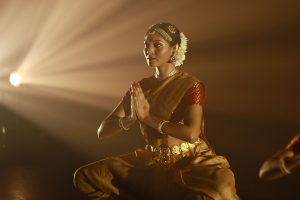
Common injuries identified in Indian Classical Dancers
Indian dance forms in Singapore include Bharatanatyam, Mohiniattam, Kathak, Kathakali, Kuchipudi, Odissi and Manipuri. Studies has identify the common injury sites in Indian traditional dances which are mainly located in areas such as the lower extremity Hip, Knee, Shin & Ankle. Read on to find out the injury patterns, perceived caused of injury as well as how to work around these injuries.
Reina Teh, June 2021

Injury prevalence in Chinese Dance
What are the common injuries in Chinese Dance? Research studies pertaining to Chinese dancers have recognised the need for a more holistic training programme to prevent injuries from occurring and recurring. Read on to find out about injury patterns, perceived causes of injuries and other research studies which can be used to design programmes that cater to the specific needs of a Chinese dancer, while creating a safer environment for them to train in.
Charmaine Tay, April 2021
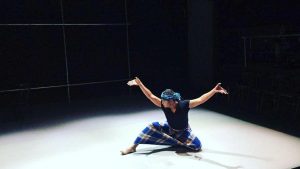
Common Injuries Identified in Malay Dance
The traditional dance forms of the Malay communities in Singapore are wide-ranging and diverse, and they include zapin, joget, asli and inang, amongst others. The underlying beauty of these traditional dances are the series of complex and dynamic footwork, performed repetitively to achieve pinpoint finesse in its execution. Along with dance practice lasting several hours a day, dancers often risk stress fractures and other overuse injuries. In this article, we will look at some common injuries identified in Malay dance and some injury prevention tips.
Farah Fadzali, April 2021

Project Breakalign and Methodology
Hip-hop dancers and B-boys sustain more injuries in comparison to dancers of other styles. How can we promote the concept of dance science to incorporate safe dance elements and performance enhancement within the street and breaking environment?
Reina Teh, March 2021
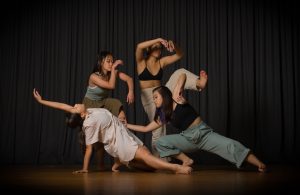
Perfectionism In Dance
High level techniques and tricks have become the norm in dancing today. The pursuit of perfection is evident in how dancers are constantly striving to produce precision in each movement through hours of practice. Read on to find out how to identify whether you have the characteristics of a perfectionist and what impact perfectionism can have on dancing.
Reina Teh, March 2021
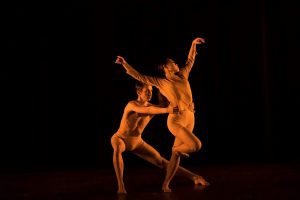
Introduction to Performance Profiling Wheel and Goal Setting
Being in the performing arts scene requires a significant amount of discipline and motivation. Just like sports athletes, dancers may experience instances in their journey where their performance levels become stagnant and they are unable to achieve the desired breakthrough. In this article, we will outline a method of overcoming or preventing performance stagnation using a widely used tool amongst sport psychology practitioners – the ‘Performance Profiling Wheel’. Understanding this facilitates SMART goals setting to improve motivation and holistic training.
Farah Fadzali, February 2021
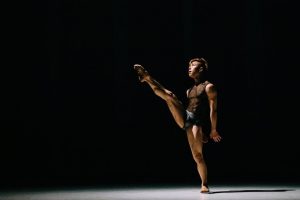
Emotional Well-being and Response to Injuries
Professional dancing is a physically demanding career with high injury prevalence. However, not all injuries are reported and treated due to cultural beliefs and environmental factors. So how can the dancers’ psychological impact, emotional health and well-being relating to injuries be supported better? Read on to find out.
Farah Fadzali, February 2021
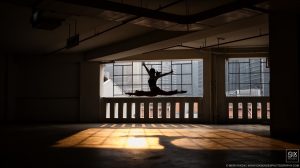
Stamina In Dance
For centuries, we have followed the tradition of how a dance class should be structured, across all genres. However, given the shift in demands on a dancer, do our dance classes still cater to what is required of these 21st century dancers? Perhaps we should start looking into improving the dancer’s fitness and stamina in dance in order to keep up with the increasing demands.
Charmaine Tay, January 2021
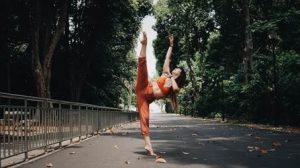
Core Stability In Dance
From “Suck in your tummy” to “Engage your core” – these are the common corrections heard during a dance class. But what do these really mean? Find out how to strengthen and improve control over the core muscles to increase stability for better performance in dance.
Charmaine Tay, January 2021

Hypermobility in Dance
We probably know someone that is “born flexible” and super bendy without trying very hard during stretching exercises, possibly nailing every #tilttuesday.
Most dancers wish they could stretch effortlessly with little to no pain without putting in the hours of stretching every week, but in reality, is hypermobility an asset or liability?
Charmaine Tay, December 2020
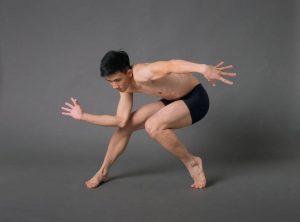
Turning Out In Dance
In hopes of increasing the range of turn out from the hips, many dancers have tried various lower back stretches and positions to no avail. In this article, we look at the components that make up your turn out. Understand about the placement of the acetabulum (also known as socket joint of the hip) and structure of the femoral neck to know what can and can’t be changed about your body. Ultimately, improve your technique and prevent injuries associated with turn-out.
Charmaine Tay, December 2020

Pointe Preparedness
Dancing on pointe requires a dancer to rise onto the tips of her toes while dancing, and requires many years of training in ballet technique before even attempting to go on pointe. In this article, understand the basic structure of a pointe shoe and how to “break in” a pair of new pointe shoes. The article also explains the growth and development process of a young dancer, and how to tell whether the dance student can begin pointe work.
Farah Fadzali, November 2020
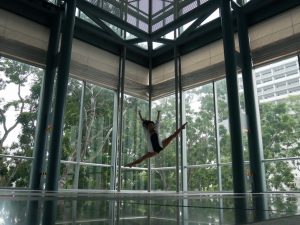
Kinematics Of Jumps And Its Correlation With Dance Floor And Shoes
Dance training is characterised by a systematic progression of repeated motions for example jumps such as Sauté (small jumps) and Grand jeté (big jumps) which place tremendous stress on a dancer’s body. This article will explore the kinematics (study of motion) of jumps and its relationship with dance floor and shoes. Read more to learn about how suitable flooring and footwear can impact training and minimise injury.
Farah Fadzali, November 2020

Balance: Where Does It Come From and How Does It Help Us?
Balance is an essential element of dance with common examples being pirouettes, handstands and head spins. The ability to balance is an acquired motor skill that can be improved with training. Learn more about how sensory detection of body motions, musculoskeletal coordination and muscular strength can affect balance in order to improve your balance when dancing.
Charmaine Tay, October 2020

Muscle Memory: Where Does It Come From and How Does it Work?
Dancers have a highly sophisticated working memory – they are able to watch a sequence of movements and recreate the movement patterns with exceptional accuracy, integrating all the necessary information while performing lengths of physical tasks with varying sequences. Dancers have been described as kinaesthetic thinkers while professional dancers have been found to position match with outstanding accuracy. But how do they do this?
Charmaine Tay, October 2020

Understanding the Process of Recovery: Proprioception
We sometimes have injuries that keep recurring no matter how many times we get it “treated”. These recurring injuries are called chronic injuries and happen because we return to dance training before fully recovering. But does no pain equate to us being ready to full swing ourselves back into training? Find out in this article what are the consequences of being injured, how to prevent an injury from recurring, and how to retrain proprioception after an injury.
Charmaine Tay, September 2020
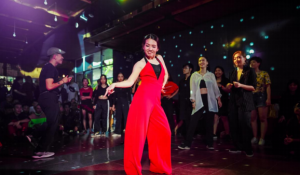
Nutrition: Understanding Fuel for Training
Dancing is a physically strenuous activity and dancers require sufficient nutritional intake in order to be adequately fueled for dance training. Nutrition not only affects the physical health condition, but also impacts emotional health of dancers. Learn more about the different nutrients required by your body and how a healthy eating behaviour is key to maintaining a high level of performance.
Farah Fadzali, September 2020
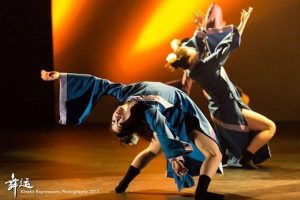
Injury Prevention and Rest
As dance choreography becomes progressively more challenging, dancers often have to increase their training duration and intensity in order to meet the technical and physical demands. This can lead to negative effects on the body, including higher tendency for injuries as well as burnout. Learn why rest is important to dancers and how to prevent overtraining and burnout in this article.
Farah Fadzali, August 2020
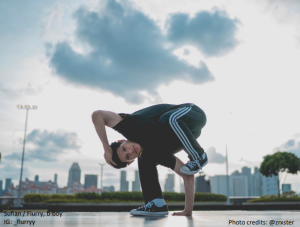
Injury Occurrence in Street and Break Dance
Studies showed that dancers doing street and breaking sustained more injuries as compared to other dance genres with statistics showing 3.4 times the rate for modern dance and almost twice as much in professional ballet. In this article, we will look into what are the causes and common injuries among breakers and street dancers in particular as well as considerations to improve performance and reduce injury risk.
Reina Teh, August 2020

Injuries About Pre-Professionals and Professional Ballet and Contemporary Dancers
Dance is considered a form of specialised and creative athletic activity. It is noted that dancers who practise genres, such as ballet and contemporary dance, are often engaged in long hours of daily practice followed by rehearsals and performances. Due to such circumstances, many dancers succumb to problems,such as over-training or burnout, which lead to overuse and recurring injuries.
Farah Fadzali, August 2020

The Importance of Warm Up and Cool Down
Warm up and cool down are integral parts of preparation and recovery from any physical activity. However they are often overlooked by dancers, who may not understand the importance of such routines. Read on to find out what is the purpose of warming up, the “RAMP” protocol for warming up, and the importance of proper cooling down.
Farah Fadzali, July 2020
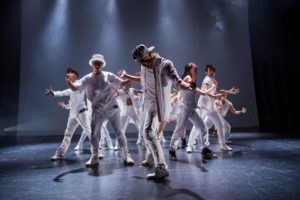
What Keeps Us Dancing?
In a society where pursuing studies or career in the arts is generally frowned upon by, one might wonder how do dancers find motivation to keep dancing? Read on to understand the different kinds of motivation and how a conducive dance environment can encourage dance students in their performance and career.
Charmaine Tay, July 2020
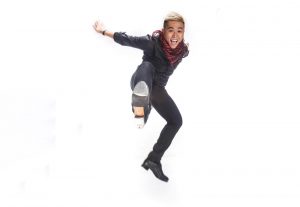
Are We Creating a Motivational Climate in Studios that is Conducive for Learning?
The learning environment that the students are in often reflects their performance, how they react to their success and failures as well as their motivation. In this article we will be discussing the Achievement Goal Theory to understand the types of coach-created environment and its effects on the students learning.
Charmaine Tay, June 2020
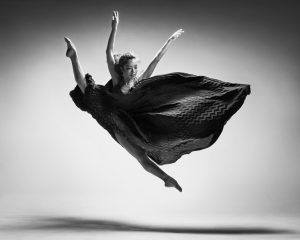
Returning to Dance Post COVID-19: Moving Forward Instead of Going Back
With the disruption of training schedules brought about by the pandemic, our bodies might have changed since we last practised in the studio. Learn how we can better prepare to return to training in the dance studio and minimise injuries from a dance science perspective.
Charmaine Tay, June 2020
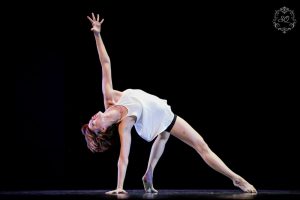
Integrating Cross Training and Periodisation
The art of dance is becoming more demanding physically for dancers. Increasing physical fitness is therefore key towards preventing injury, and increasing proficiency for dancers. Learn how to implement cross training and periodisation during training to prevent muscle imbalance, activate lesser used muscles, enhance agility and prevent injuries when you dance.
Reina Teh, May 2020
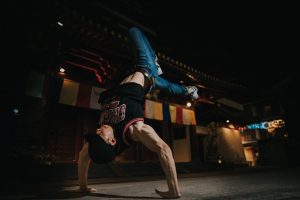
Fact Check!
What will resistance training do to you? Within this fact sheet we are debunking the myths of resistance training!
Reina Teh, May 2020

5 Reasons Why We Need Dance Science Right Now
Dance Science is a new area of research study where scientific principles are applied to enhance performance in dance. Find out 5 reasons why Dance Science is useful for dancers & learn 4 conditioning exercises with no equipment needed to improve your muscle strength during this circuit breaker.
Farah Fadzali, May 2020

